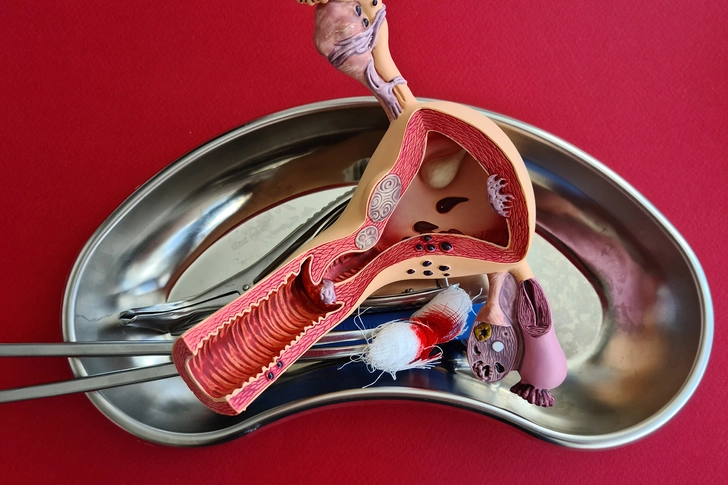Endometrial Cancer: Treatment Overview


Endometrial Cancer: Treatment Overview
Endometrial cancer, also known as uterine cancer, starts in the lining of the uterus. It's one of the most common cancers in the female reproductive system. Treatment options vary based on the stage and type of cancer, as well as the patient's overall health.

Surgical Options
The primary treatment for endometrial cancer is often surgery. This includes the removal of the uterus (hysterectomy) and sometimes the removal of nearby lymph nodes. Surgery aims to get rid of the cancerous tissue and prevent its spread.

Radiation Therapy
Radiation therapy uses high-energy rays to kill cancer cells. It may be used after surgery to target any remaining cancer cells or as a primary treatment if surgery isn't an option. This can help reduce the risk of the cancer coming back.

Chemotherapy
Chemotherapy involves using drugs to kill cancer cells. It's often used for advanced stages or aggressive types of endometrial cancer. Chemotherapy can be given orally or through intravenous injections, targeting cancer cells throughout the body.

Hormone Therapy
For hormone receptor-positive cancers, hormone therapy can be effective. This treatment blocks the hormones that promote cancer growth. It may involve taking medication that lowers hormone levels or blocks hormone receptors.

Targeted Therapy
Targeted therapy is a newer treatment that specifically attacks cancer cells with certain genetic markers. This approach can be more precise, aiming to minimize damage to healthy cells. It's often used when other treatments haven't worked.
PHOTO CREDITS:
Slide 1 - megaflopp / Shutterstock
Slide 2 - NMK-Studio / Shutterstock
Slide 3 - My Ocean Production / Shutterstock
Slide 4 - SeventyFour / Shutterstock
Slide 5 - fizkes / Shutterstock
Slide 6 - pedro7merino / Shutterstock
SOURCES:
American Cancer Society.
Lebovic, D., Gordon, J., & Taylor, R. Reproductive Endocrinology & Infertility. Scrubb Hill Press, 2005.